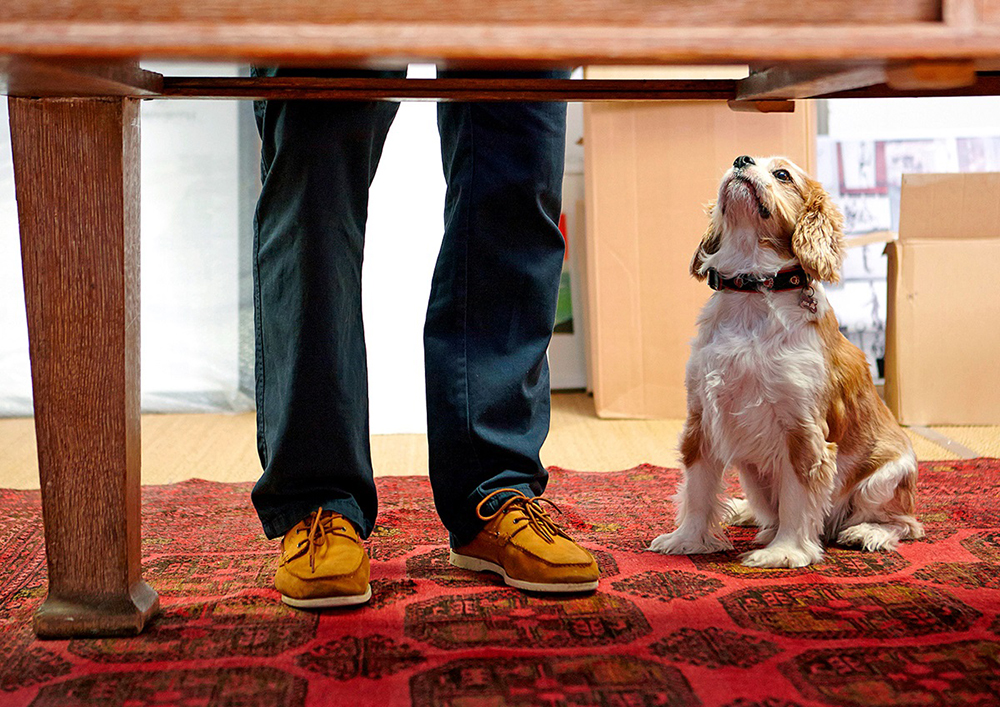We love to look at our dogs. They've been present in our art from cave paintings through to GIFs. Harder to find in the annals of culture - presumably because writing or painting with paws is hard - is what our dogs see when they look at us. That's why it's exciting that modern animal science is at last giving us a glimpse of how Canis lupus familiaris views Homo sapiens.
The research shows that dogs don't see themselves as human, nor do they consider us dogs, says Connie Varnhagen, professor emeritus of psychology at the U of A. Dogs who live in shelters surrounded by other canines become less stressed if they spend time with a human.
"After even 15 minutes, dogs show lower cortisol levels in their blood, their saliva and their urine," Varnhagen says. In other words, their stress decreases and they get something out of human interaction that they don't get with dogs.
Several somethings, in fact. Varnhagen, who teaches a course about researching the animal-human bond, says petting a dog causes its brain to release oxytocin and other feel-good chemicals, just as our brains do when we pet them.
Does that mean Fido gets excited when you come home because he loves you and not just because he knows it's dinnertime? Varnhagen isn't sure. "But does that really matter?" she asks. "If dogs have learned that humans are associated with food and love and protection … isn't that how we come to love other humans?"

We at New Trail welcome your comments. Robust debate and criticism are encouraged, provided it is respectful. We reserve the right to reject comments, images or links that attack ethnicity, nationality, religion, gender or sexual orientation; that include offensive language, threats, spam; are fraudulent or defamatory; infringe on copyright or trademarks; and that just generally aren’t very nice. Discussion is monitored and violation of these guidelines will result in comments being disabled.